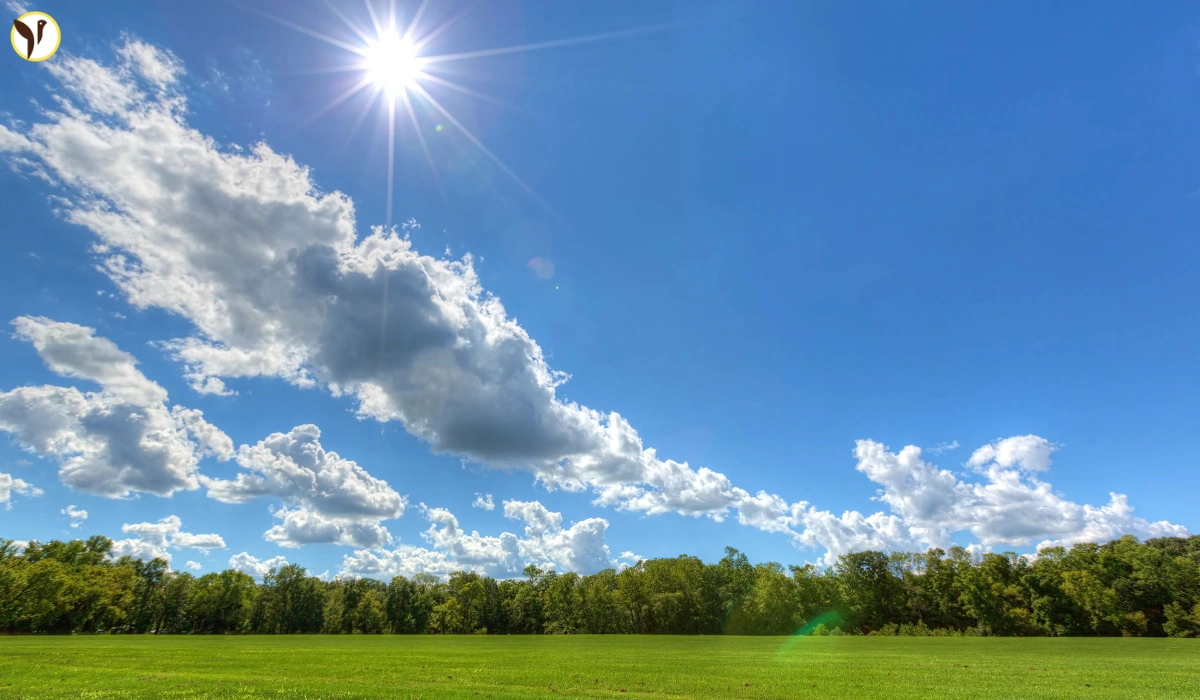When most people think about the first day of summer, they often point to June 21. That’s because this is the day when the Earth is tilted most toward the sun in the Northern Hemisphere, known as the summer solstice. But for weather experts and everyday people who simply go by what the weather feels like, June 1 actually makes more sense as the real start of summer.
This is because June often already brings hot temperatures, longer days, and more sunshine. People begin planning vacations, kids get ready for school break, and summer activities start well before June 21. So, for all practical reasons, starting summer on June 1 just feels more natural and better reflects how life actually works. Using an earlier date helps align what we see outside with how we talk about the seasons.
A More Useful Calendar for Weather and Life
Using June 1 as the start of summer isn't just an idea—it’s already in use by weather experts. Meteorologists use a system where each season starts at the beginning of a month. Summer runs from June 1 to August 31. This helps them track weather trends more clearly, like heatwaves or rainfall. If the dates keep changing every year (like they do with the solstice), comparing weather over time becomes harder.
Also, starting summer on June 1 makes planning easier for everyone. Travel agencies, schools, businesses, and event organizers can work with full months instead of dates that shift year to year. Many summer events already begin in early June, so calling it “summer” just fits. In the end, this approach gives both scientists and regular people a better way to manage and understand the season.
Why Weather Doesn’t Always Follow the Stars
Astronomical seasons are based on how the Earth moves around the sun. This is why the summer solstice happens around June 20 or 21. But just because the Earth reaches a certain point in space doesn’t mean the weather instantly changes. Often, by the time the solstice arrives, summer-like heat has already been around for weeks in many places.
Meteorological seasons focus on actual temperature patterns, which often reflect what people feel daily. This means meteorological summer—June through August—is often hotter and more consistent in weather terms. So, while astronomical dates are useful for scientists studying space and Earth’s movement, they may not be the best guide for describing what we experience on the ground.
How It Helps With School, Travel, and Weather Reports
If summer begins on June 1, it helps people plan better. Schools often end their academic year in late May or early June. By the time June 1 arrives, many families are already in summer mode. Travel companies promote summer deals starting in June, and many tourists plan trips based on this schedule.
For weather reporters, a fixed summer season from June 1 to August 31 means simpler forecasting and clearer comparisons across years. It’s easier to say, “This summer was hotter than last summer,” when both are measured over the same dates. This fixed calendar helps everyone stay on the same page, whether they’re reporting the weather, planning a vacation, or organizing a summer festival.
Why This Idea Is Catching On
The idea of using June 1 as the first day of summer is already common in some parts of the world. Many weather services, including the U.S. National Weather Service and similar agencies in other countries, already use meteorological seasons. As more people become aware of this system, the idea is becoming more popular.
It helps bring order to how we talk about the seasons and reflects what’s really happening in the environment. People are more likely to relate to temperature and weather than astronomical positions. This shift is about making seasons more practical, simple, and in tune with everyday life. It’s not about changing nature—it’s just about better describing it.
Image Source: Pinterest


/content/stories/thumb/thumb691acf48cceef7.90710965.webp)
/content/stories/thumb/thumb691abf43d9ee95.26593830.webp)
/content/stories/thumb/thumb691ab5532e24c1.34805318.webp)
/content/stories/thumb/thumb691aab78a89ce4.88679144.webp)
/content/stories/thumb/thumb69184c813c8444.34590724.webp)


